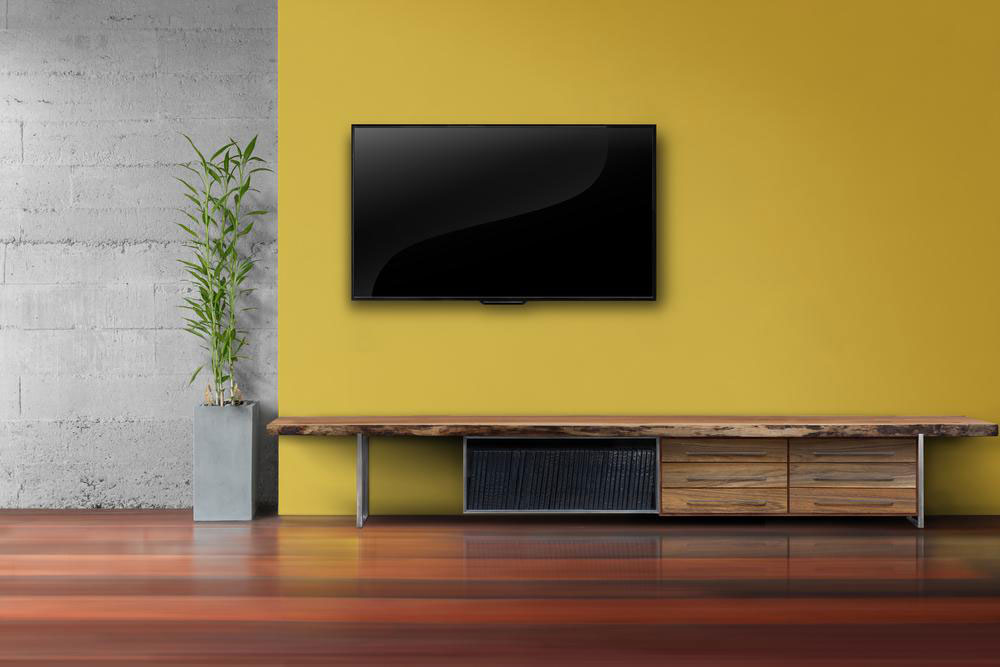Comprehensive Guide to Buying Samsung LCD Televisions: Essential Questions and Tips
This comprehensive guide provides essential insights for consumers interested in purchasing Samsung LCD televisions. It covers key differences between LCD and LED, features to consider, optimal times for sales, and comparison with other brands. Whether you’re a home entertainment enthusiast or upgrading your setup, understanding these aspects ensures informed decisions and a satisfying viewing experience. Explore the latest trends in 4K and UHD TVs, get tips on savings through sales events, and learn how to choose the perfect model for your space and needs, all from a trusted technology leader.

Key Insights for Selecting the Perfect Samsung LCD TV
Purchasing a new television can be an exciting journey but also a challenging task given the rapid advancements in display technology and the wide range of options available. To make an informed decision, it's vital to understand the key features, differences, and benefits of various models, especially if you're considering a Samsung LCD TV, a brand renowned worldwide for its innovation, quality, and reliability in the home entertainment sector.
With market offerings diversifying constantly, knowing what questions to ask before buying can save you money, ensure you get the features you truly need, and enhance your overall viewing experience. Whether you're upgrading your existing setup, furnishing a new living room, or seeking a secondary TV, this comprehensive guide aims to equip you with all the necessary knowledge to make a confident purchase.
Samsung has established itself as a leader in the manufacturing of LCD televisions, with an extensive lineup that caters to various market segments and consumer preferences. When considering the purchase of a Samsung LCD TV, investing time in research and understanding your specific needs can significantly improve your buying experience. Always keep an eye out for seasonal discounts, promotional sales, and special deals in your local stores or online retailers.
What are the fundamental differences between LCD and LED TVs?
Both LCD and LED displays operate on similar underlying technologies centered around liquid crystal displays.
LED TVs are essentially a subtype of LCD technology, distinguished by their use of Light Emitting Diodes for backlighting instead of traditional fluorescent lights.
The transition to LED backlighting has enabled the creation of slimmer, more energy-efficient, and brighter screens.
Modern LCDs are predominantly LED-backlit, making the distinction more about technology evolution than fundamentally different display types.
LED backlighting can be positioned along the edges of the screen (edge-lit) or across the entire back surface (full-array), allowing for more precise control of contrast and brightness.
Such advancements result in thinner profiles and better color accuracy—elements critical for a premium viewing experience.
What features should I look for in Samsung LCD TVs?
A compact 32-inch Samsung LCD TV combines sleek design with functional versatility, ideal for wall mounting or placement in smaller spaces.
Many models use CCFL (cold cathode fluorescent lamp) backlighting to provide consistent brightness and image clarity across the screen.
High-definition resolutions, such as 1366×768 pixels, with technologies like Wide Color Enhancer, ensure vibrant and detailed visuals.
Superior audio quality is achieved through dual built-in speakers supporting Dolby Pulse and SRS theater sound, creating a cinematic atmosphere at home.
Connectivity options, including HDMI and USB ports, facilitate seamless connection with gaming consoles, streaming devices, and external storage.
Samsung emphasizes energy efficiency through features like sleep mode, automatic power-off, and timers, reducing electricity consumption.
Most models come with a standard warranty period—often one year—to provide peace of mind and protection against potential defects.
Timing your purchase during sales events: Is it beneficial?
Major seasonal sales such as Black Friday, Cyber Monday, and end-of-season clearances offer attractive discounts, especially on slightly older models that still maintain high quality.
The months of January and September are optimal for shopping, aligning with new product launches and promotional pushes by manufacturers, allowing consumers to secure last year's models at discounted prices.
Watching major sporting events like the Super Bowl can also be an opportune moment for discounts, combined with promotional bundles and special offers.
Prioritize essential features over all the latest trends to maximize value—think about what you really need versus what’s marketing hype.
Keep in mind that LED models tend to be priced higher due to their slim design and advanced backlighting technology.
Samsung's reputation for quality and customer satisfaction remains high, with many reviews highlighting durability, picture clarity, and smart features.
Consider refurbished or open-box units to save costs, provided they are certified, fully functional, and come with warranty protections.
Ensure reliable delivery and, if necessary, professional installation to avoid damage and set up issues.
For an enhanced multimedia experience, consider adding external accessories like soundbars, gaming consoles, or streaming devices.
Understanding 4K and UHD TVs: Are they worth it?
4K resolution, also known as Ultra HD, delivers four times the pixel density of standard HD, resulting in sharper, more detailed images—especially noticeable on screens larger than 50 inches.
Prices for 4K TVs have decreased significantly, making them accessible to a wider audience without sacrificing quality.
UHDTV extends beyond 4K, offering even higher resolutions up to 8K for cutting-edge home entertainment setups, primarily suited for large displays.
This technology is perfect for streaming high-definition movies, sports, gaming, and other multimedia content.
Samsung and other leading brands have adopted UHD standards, ensuring broad compatibility and future-proofing your investment.
While 8K TVs are available, they are generally more expensive and best suited for very large screens where the extra resolution is visibly beneficial.
How does the Samsung Q9FN compare with LG UHD models from 2018?
The Samsung Q9FN is a 65-inch QLED TV that features a native 4K resolution, with advanced direct backlighting and full-array local dimming, delivering vibrant colors and excellent contrast.
It has been refined since the 2017 initial release, providing consistent performance in various lighting environments and offering remarkable viewing angles.
Thanks to competitive pricing, it is an attractive alternative to LG’s OLED series, which touts natural deep colors and remarkable detail rendering.
LG UHD TVs are recognized for their sleek design, wide viewing angles, and superior color accuracy, making them ideal for immersive viewing experiences.
Smart features in LG models support app streaming via their onboard interface, compatible with popular services like Netflix, Amazon Prime, and Disney+.





